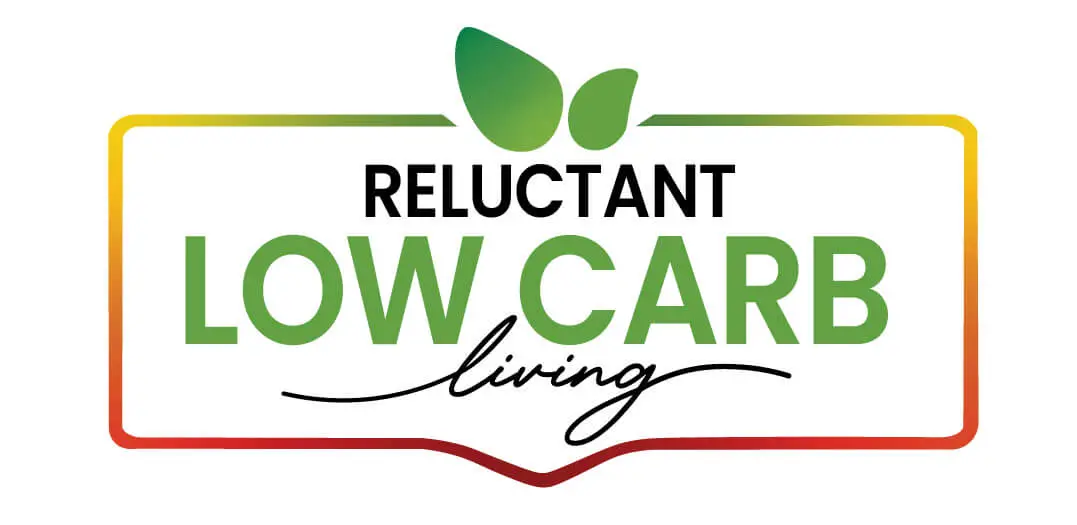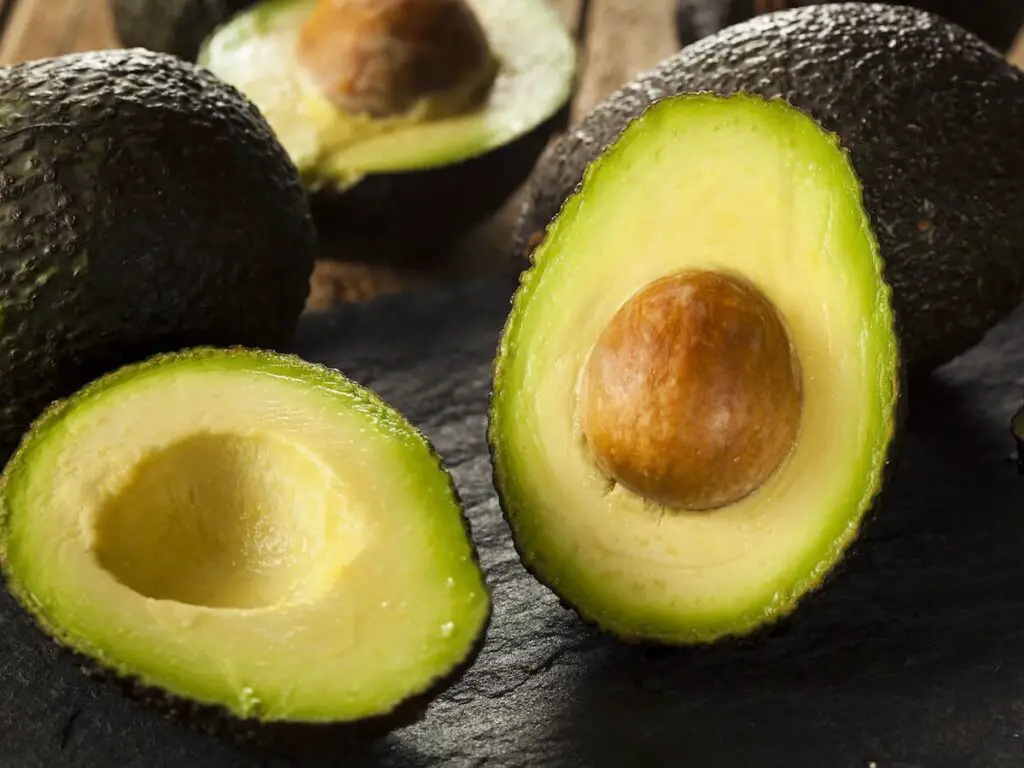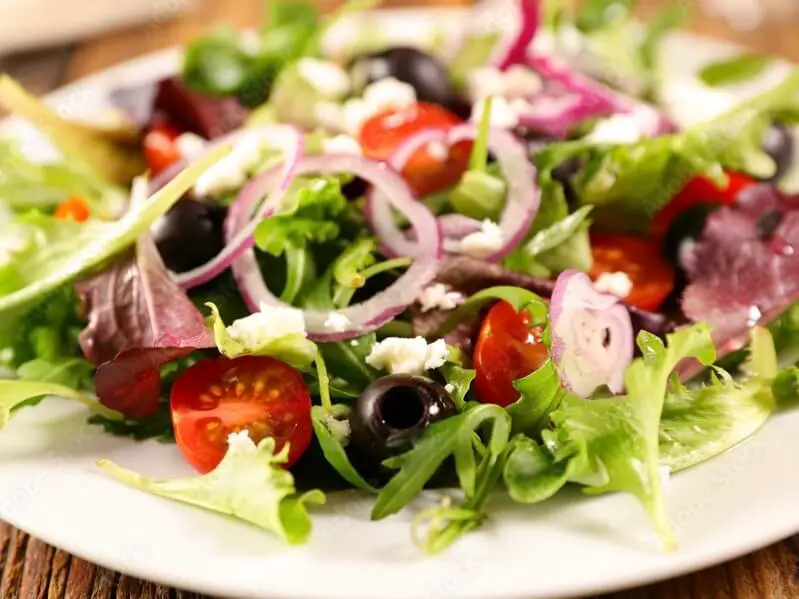Aerobic exercise, often called cardio, is pivotal in maintaining a healthy lifestyle. This form of physical activity, encompassing everything from brisk walking to intense cycling, is renowned for its cardiovascular benefits and ability to aid in weight management.
As we delve into the various facets of aerobic exercises, from the gentle rhythm of jogging to the vigorous pace of swimming, we uncover the myriad ways these activities contribute to physical well-being and mental health. The journey through different aerobic exercises offers insights into how incorporating them into our daily routines can lead to a more balanced and fulfilling life.
Table of Contents
- Understanding Aerobic Exercise
- High-Intensity Interval Training (HIIT)
- Running or Jogging
- Cycling
- Swimming
- Related Question
Understanding Aerobic Exercise
Aerobic exercise, or cardio, is any activity that gets your heart pumping faster than usual. It involves continuous movement that makes you breathe harder, helping your heart and lungs get more robust. Activities like running, cycling, swimming, and dancing fall under this category because they require large muscle groups to engage over some time.
When you do aerobic exercises, your body demands more oxygen to fuel your muscles. This requirement boosts your heart rate and breath rate. In turn, your cardiovascular system becomes more efficient at delivering oxygen to the body, improving heart and lung health.
The burning of calories during aerobic activities is directly related to weight loss. As your body uses more oxygen, it also burns more calories. This process, called energy expenditure, is essential for shedding pounds.
The idea is simple: burn more calories than you consume, and you’ll lose weight. Aerobic exercise is effective for calorie burning because it maintains an increased heart rate over an extended period.
Adapting varying types and intensities of aerobic exercises can maximize fat loss. For instance, high-intensity interval training (HIIT) alternates between short bursts of intense activity and rest periods. This method is particularly effective for burning calories quickly, raising your metabolic rate even after exercising.
Moreover, consistent aerobic exercise leads to an increase in muscle mass. Though aerobic exercises aren’t typically associated with muscle building like strength training, they help tone the body. More muscle mass translates to a higher metabolism, which means you’ll burn more calories even when at rest.
It’s also about persistence and incorporating these exercises into your daily life. Consistent effort is critical, requiring dedication to continual improvement. Building up to longer sessions or increasing intensity gradually reaps the most benefits.
Choosing activities you enjoy makes maintaining this consistency much easier. Whether dancing to your favorite tunes, taking brisk walks in nature, or swimming at the pool, enjoying your workout routine significantly boosts the likelihood of sticking with it long-term.
Lastly, aerobic exercises are about physical well-being and mental health. These activities release endorphins, known as the ‘happiness hormones,’ which can decrease stress and lead to a more positive mood.
Integrating diverse and enjoyable aerobic exercises into your routine will set the foundation for effective weight loss and enhance your overall health and well-being.
High-Intensity Interval Training (HIIT)
HIIT, or High-Intensity Interval Training, is an intensely effective method for shedding extra pounds swiftly owing to its unique approach to calorie expenditure. By design, HIIT ignites a rapid-fire alternation between burst-like, full-throttle physical exertions, and brief, simmer-down intervals, making it an ace in the hole for those aiming to maximize their fat loss in minimal time.
This powerhouse tactic does not just torch calories during the workout; it propels your metabolism into a heightened calorie burn well after you’ve unstrapped your workout shoes.
One might ponder how HIIT achieves such feats impressively than its exercise counterparts. The secret sauce here is EPOC, or Excess Post-exercise Oxygen Consumption, often dubbed the “afterburn effect.”
Following a HIIT session, your body scrambles into overdrive to replenish depleted oxygen stores, repair muscle tissues, and restore balance. This process consumes a hefty amount of energy — read calories. This means you’re not just burning calories on the mat but setting up a calorie inferno that smolders long into your recovery period.
HIIT is nothing short of a miracle worker for those clock-watchers who juggle gym time with life’s countless other commitments. Slashing workout times without skimping on effectiveness, it promises – and delivers – substantial weight loss results without monopolizing precious hours. Think of it as your workout plan on fast-forward, quicker sessions but with amplified results.

Moreover, HIIT’s adaptable nature stands as a testament to its broad appeal. Be it sprints, biking, jumping rope, or other heart-pounding moves, HIIT doesn’t play favorites. It allows for mixing and matching exercises, ensuring a full-body workout that challenges every muscle group to its peak, enhancing the muscle’s ability to burn fat even when in idle mode.
Lastly, breaking the monotony with HIIT adds much-needed zest to workout routines, keeping motivation levels high. Switching gears rapidly keeps both mind and body on their toes, pushing the determined athlete past comfort zones toward new pinnacles of fitness achievements and, importantly, weight loss milestones.
Incorporating HIIT into your fitness regimen is akin to stoking the fires of your body’s natural calorie-burning furnace. Its efficacy lies in high-octane workouts and triggering a metabolic zing that transforms your physique by shedding weight and refining muscle definition.
So, as you lace up for your next training session, consider HIIT a steadfast ally in your quest for weight loss – a method that’s scientifically sound, immensely time-efficient, and versatile.

Running or Jogging
Running and jogging are excellent ways to tip the scales in your favor when you’re looking to lose weight. By burning a significant number of calories, these exercises can create a calorie deficit, which is a crucial requirement for weight loss.
For instance, a person weighing 155 pounds can burn approximately 298 calories from a 30-minute jog if they maintain a pace of 5 miles per hour. Increase the pace to a 6-minute mile, and the calories burnt can noticeably skyrocket. Such figures highlight the direct relationship between the intensity of the run and the energy expenditure.
Embarking on a running routine to shed pounds involves drafting a plan that fits one’s current fitness level while aiming for gradual improvement. For beginners, initiating brisk walks might be advisable to ease into the physical demand.
This strategy can then transition into intervals of jogging and walking, scaling up the jogging time gradually as endurance improves. Beyond mere endurance, such progression builds a habit, making exercise a regular part of the day.
Incorporating running or jogging into one’s lifestyle does more than burn calories during the activity. It enhances cardiovascular health, improving the efficiency of oxygen utilization in the body and indirectly encouraging calorie burn even when not running.
A phenomenon such as ‘afterburn,’ where the body continues to consume oxygen (and thus calories) at an elevated rate after intensive exercise, plays a part here, contributing to the overall caloric deficit.
Another facet to consider for weight loss through running is dietary habits. Combining regular jogging or running with a balanced diet can amplify weight loss results. Hydration also plays a key role; being well-hydrated ensures optimal metabolic rates, effectively supporting the weight loss journey.
A dynamic approach that involves mixing slow runs, faster-paced runs, and intervals can prevent boredom and foster continuing motivation. Crafting an exciting mix of routes and challenging oneself with varying distances and speeds can retain interest in the activity. Such variability maintains engagement and can boost weight loss efforts by constantly challenging the body in new ways.
Setting realistic goals and tracking progress are essential for a beginner runner. Celebrating milestones like finishing a first continuous mile without walking or completing a longer distance than before can provide motivational boosts. This encouragement is crucial in adhering consistently to a running program.
To sum up the discussion on running and jogging as pivotal to losing weight, it’s evident that these activities, when performed regularly and paired with proper nutrition and hydration, can substantially aid in creating a calorie deficit.
Beginning cautiously and progressively intensifying the routine allows for sustainable progress and minimizes the risk of injuries. Furthermore, flexibility in routine piques interest, ensuring longevity in running endeavors and solidifying it as a cornerstone habit in an individual’s weight-loss journey.

Cycling
Cycling is an exceptional choice for those looking to melt away pounds, thanks to its efficient calorie-burning potential. As a low-impact exercise, it significantly reduces the risk of injury, making it a sustainable option for weight loss over the long haul.
This exercise torches calories and builds muscle, particularly in the lower body – your quadriceps, glutes, hamstrings, and calves. Building muscle is critical in ramping up your metabolism, which, in turn, accelerates your ability to burn fat even when you’re not pedaling hard.
Incorporating cycling into your daily routine is relatively straightforward. Cycling can seamlessly fit into your lifestyle, whether it’s a brisk morning ride to kickstart your day, a scenic route home from work, or a dedicated session on your stationary bike. This ease of inclusion helps ensure a consistent exercise pattern, which is crucial for sustained weight loss.
Cycling benefits extend beyond just weight loss; it enhances overall fitness. As you pedal, you’re working your muscles, improving heart health, boosting lung capacity, and increasing circulation. This holistic approach contributes to a well-rounded fitness regimen that supports weight loss and long-term wellness.
Moreover, cycling’s versatility caters to all levels of fitness. You can adjust the difficulty of your ride by varying the speed, distance, and terrain, meaning there’s always room for growth and challenge as you progress. This adaptability helps avert the dreaded plateau effect in weight loss endeavors.
Yet, cycling does more than boost physical health; it also offers mental health benefits. The rhythmic nature of cycling and outdoor exposure contribute to decreased stress levels and improved mood. These mental health perks can indirectly support weight loss by reducing emotional eating and increasing motivation for regular exercise.
Opting for cycling as a mode of transportation can also magnify its weight loss benefits. Commuting by bike not only ensures daily exercise but can also save money and reduce environmental footprint. This promotes a lifestyle change that aligns with weight loss goals and healthy living principles.
Cycling stands as a powerhouse activity for shedding pounds. By burning calories, building muscle, and promoting consistency through enjoyable routines, cycling is a sustainable tool in the weight loss arsenal.
Moreover, its ability to foster physical and mental health signifies its weight management role and facilitates a journey toward comprehensive wellness.

Swimming
Swimming is an outstanding form of exercise for those looking to shed pounds. Its unique ability to provide a comprehensive, low-impact workout that almost everyone can enjoy makes it ideal.
Unlike many high-impact exercises that can strain the knees and other joints, swimming allows individuals to boost their heart rate without the added stress, making it a safe option for a broader range of people, including those with joint issues or concerns about injury.
Diving deeper into the calorie-burning aspect of swimming, it’s important to highlight that this activity is a powerhouse regarding energy expenditure. Water resistance forces the entire body to work harder than it might have to on land. Every kick and arm stroke becomes a resistance exercise, known to be the best way to build muscle and burn fat. This mighty effort leads to a higher calorie burn, even compared to some forms of land exercise.
Moreover, swimming cultivates muscular endurance and strength across various muscle groups simultaneously. Whether performing the breaststroke or freestyle, you engage muscles in your arms, legs, torso, and back. This full-body engagement ensures no muscle group is left behind, contributing to a more toned physique and faster metabolism. The latter is crucial as it enhances calorie burning even when not swimming.
Swimming also presents an adaptable challenge that can match any fitness level. Participants can adjust their pace, stroke, and duration to suit their needs, making it a dynamically versatile choice.
Simply treading water or performing gentle laps can offer a significant calorie burn for beginners. As one’s stamina and technique improve, one can venture into more intense and longer swimming sessions, ensuring constant progression and avoiding the dreaded fitness plateau.
However, it’s not just about physical benefits. Swimming has a meditative aspect; the rhythmic nature of breathing combined with the enveloping property of water can significantly reduce stress levels. This mental clarity and stress reduction can prevent stress-eating, a common barrier to weight loss. Additionally, the cooling effect of water on the body can make exercise feel less exhausting, encouraging longer and possibly more frequent workouts.
Swimming’s inclusion in a weight-loss program doesn’t necessitate hitting the pool daily; it can be part of a broader mix of exercises that maintain engagement and motivation. By alternating swimming days with other enjoyable activities, individuals can create a balanced routine that optimizes weight loss while safeguarding against boredom and burnout.
Incorporating swimming into a weight loss journey also offers ease and convenience. Many municipal pools offer affordable access, and swimming is a year-round activity in an indoor pool.
Thus, individuals seeking a sustainable and enjoyable path to weight loss may find that swimming not only meets their needs but exceeds their expectations by offering a fun, effective, and flexible exercise option that supports their physical and mental well-being.
In conclusion, the essence of incorporating aerobic exercise into our daily lives cannot be overstated. Among the many benefits, the most significant is its profound impact on our overall health and well-being.
Whether it’s through the exhilarating rush of a high-intensity interval training session or the serene laps in a swimming pool, aerobic exercise offers a versatile and accessible means to enhance our physical fitness and mental clarity. By committing to regular aerobic activity, we take a crucial step towards achieving a healthier, more vibrant lifestyle.
At Reluctant Low Carb Life, we are staunch advocates of the Health Trifecta: Fullness, Fitness, and Freshness. Additionally, we embrace the pillars of health, wellness, and graceful aging. Our mission is to provide honest and precise information to individuals dedicated to adopting a healthy lifestyle while enhancing their fitness and well-being.
We have a free monthly newsletter that is filled with information and helps you remain updated. Subscribe to the Reluctant Low Carb Life newsletter by clicking here.
Listen to our weekly podcast, Reluctant Low Carb Life, on all the major podcast platforms by clicking here.
Follow us on Instagram and Facebook by clicking the links.
Related Question
13 Ways To Break Up With Your Sugar Addiction
The truth of sugar addiction is undeniable, and the challenge to conquer it can seem immense. However, with steadfast determination and a systematic plan, it’s feasible to regulate, lessen, or even eradicate sugar from your diet. Read on as we discover thirteen effective tactics that have helped me in this journey and could be beneficial for you as well:
You can read more about 13 Ways To Break Up With Your Sugar Addiction by clicking here.
The Hidden Sweetness: The Unexpected Addiction To Sugar
In an age where health consciousness is on the rise, it may come as a surprise to realize that most of us are addicted to something we encounter daily – sugar. Yes, the sweet component that makes our desserts heavenly is far more addictive than we think. Read on as we discuss the hidden sweetness of sugar.
You can read more about The Hidden Sweetness: The Unexpected Addiction To Sugar by clicking here.
Effective Ways To Overcome A Coke Or Soda Addiction
Those of us who’ve struggled with addiction to Diet Coke or regular Coke understand that it’s not just a casual habit; it’s a bona fide addiction. There’s something irresistible about the drink that keeps you coming back for just one more sip, one more can.
You can read more about Effective Ways To Overcome A Coke Or Soda Addiction by clicking here.








